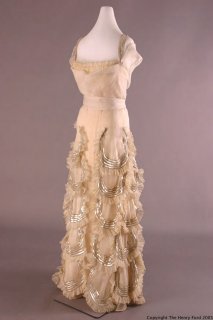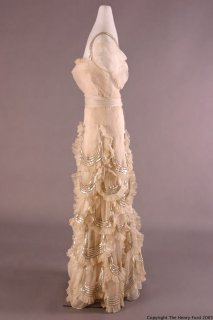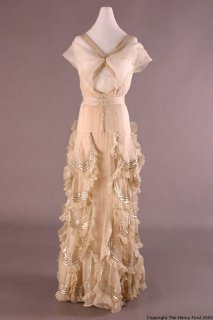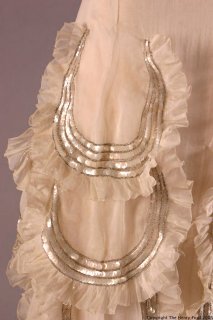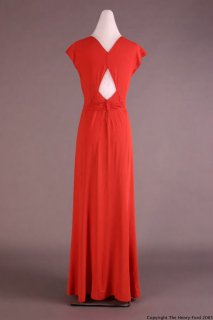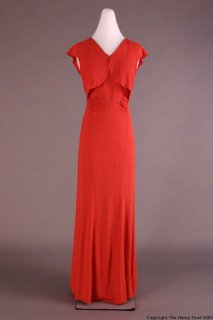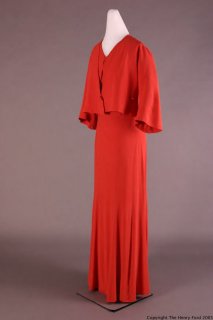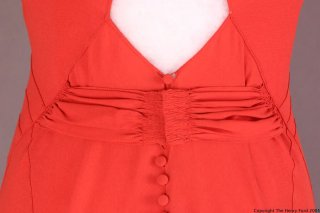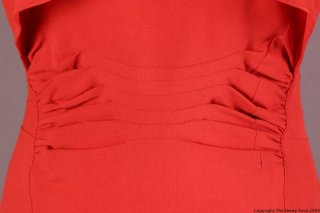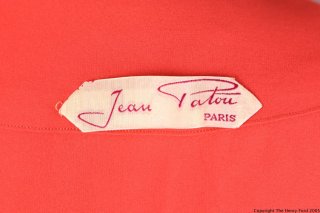Whitelinen
Active Member
- Joined
- Dec 21, 2005
- Messages
- 5,760
- Reaction score
- 1
I didn't find a thread on him 
wikipedia.org
Cape and Dress, ca. 1931
Jean Patou (French, 1887—1936)
Ivory china silk with multicolored floral print
Gift of Madame Lilliana Teruzzi, 1972 (1972.30.17a,b)

met.org

Jean Patou (Paris, 1880-1936) was a French fashion designer.
The designer, who was born in Normandy, France, opened his couture house in 1919 after serving in WWI. He became known for eradicating the flapper look by lengthening the skirt and returning to a natural waistline. Patou also is credited with introducing sportswear for women and is considered the inventor of the knitted swimwear and the tennis skirt. He also was the first designer to popularize the cardigan, moving fashion towards the natural and comfortable.Jean Patou invented the designer tie in the 1920's. He used women's dress material for his ties and they were displayed in department stores next to women's perfume counters. In America three out of four ties are bought by women. The designer tie style is still prominent amongst contemporary fashion designers, such as Louis Feraud, Patrick McMurray, Timothy Everest Simon Carter,Duchamp and Paul Smith.
Patou's clothes were marketed mostly to wealthy American women. When the stock marketcrashed, however, so did the market for luxury fashion. The House of Patou survived through its perfumes, which remain well known today.
The best known of Patou's perfumes is "Joy," a floral scent; another is "Sublime," which combines floral and musky tones. The world's second best-selling scent (the first is Chanel No. 5), Joy was created by Henri Alméras for Patou at the height of the Great Depression(1935) for Patou's former clients who could no longer afford his haute couture clothes. Patou died in 1936. His sister and her husband, Madeleine and Raymond Barbas, continued the House of Patou, which remains a family-owned enterprise. Other designers to have been associated with this house are Jean Kerléo and Karl Lagerfeld.
wikipedia.org
Cape and Dress, ca. 1931
Jean Patou (French, 1887—1936)
Ivory china silk with multicolored floral print
Gift of Madame Lilliana Teruzzi, 1972 (1972.30.17a,b)

met.org
Last edited by a moderator:










 This is my favorite!
This is my favorite!  (so far...)
(so far...)




